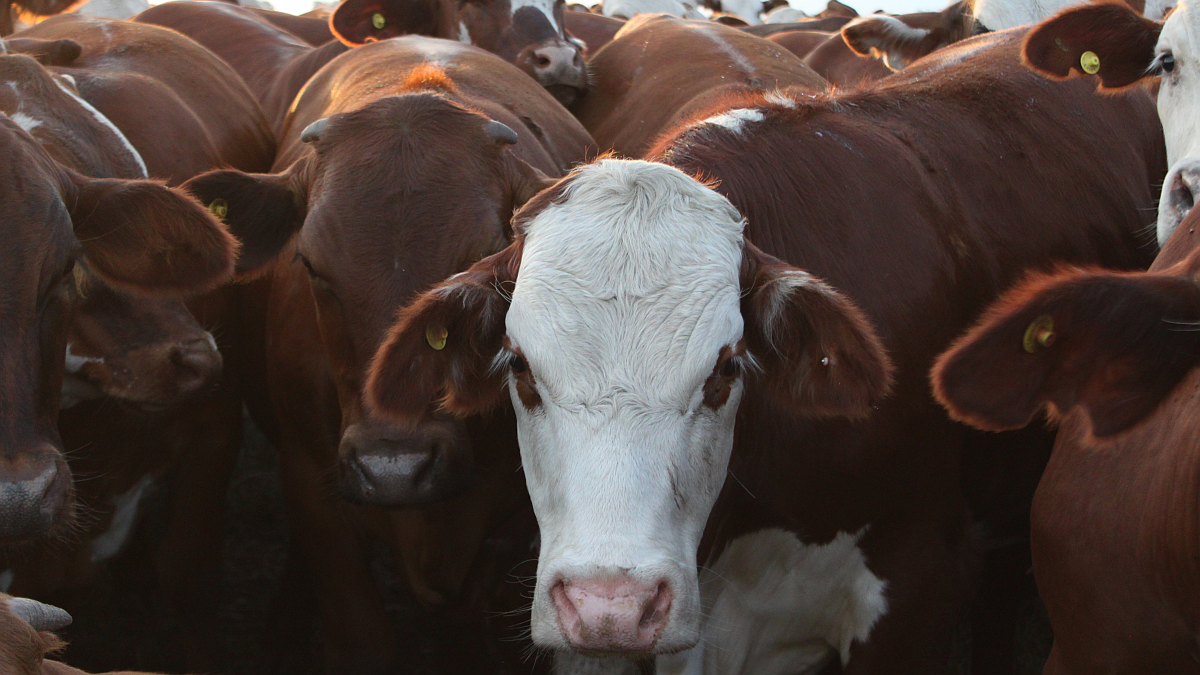Opinion
The chairwoman of the Federal Parents’ Council is calling on schools to set dress rules. But children have the same right to personal development as adults – even when it comes to style, says fashion editor Cathrin Wißmann.
Just in time for the start of the school year, a discussion about appropriate clothing in the classroom is once again breaking out in Germany. The impetus came from Christiane Götte, chairwoman of the Federal Parents’ Council, who is calling on schools to create dress codes so that they can treat each other with respect. This is endangered by clothes such as jogging pants, caps and revealing tops. As a mother of two pubescent girls, I ask myself: What is going on in the heads of these self-appointed style guardians?
Neither of my daughters wear sweatpants to school, but the ban alone gets my adrenaline pumping. At every parents’ evening I am asked to send my children to class in appropriate clothing. “If your child wears training pants, it signals that they don’t want to behave,” it is often said. The fact that the girls’ school prides itself on its democratic principles and recognition of individual rights always leaves me stunned.
Teachers demand respect – but don’t give it back
I remember the discussions about appropriate clothing at school from before. Even back then I thought: The Basic Law would be overruled when it came to fashion issues. As if teachers are blind when it comes to children’s right to freely develop their personality. They should develop their character and learn to have and represent their own opinions. Schools are happy to support all of this. But children are denied the right to their own style. Faculty demand respect – but don’t give it back.
While each school can define a dress code, there is no legal rule at the state or federal level. As long as no one is offended – such as by a racist slogan shirt – you should be allowed to wear whatever you want. Physical appearance should not play a role in children or adults.
The idea that sweatpants say anything about a student’s energy level or could even disrupt class is absurd. Although they were once established as sportswear and were rarely worn in everyday life, fashion trends in recent years have made trousers socially acceptable. The late designer Karl Lagerfeld is said to have once said, “Anyone who wears sweatpants has lost control of their life,” but just a few seasons later he was one of the first to make the casual trousers for Chanel suitable for the catwalk and for everyday use. Since fashion today is inspired by sports and music, especially hip-hop, baggy pants, sweatpants and caps are hanging in many stores. They are not a sign of protest, but simply mainstream.
Girls and boys today are learning to accept their bodies
It’s similar with tops and cropped clothing. In the past, people certainly dressed more high-necked, but in 2023, body awareness is different. Girls and boys today are learning to accept their bodies and not hide them. They have fashion role models, feminists, who consciously showcase their curves. Why shouldn’t teenagers emulate them? As long as they cover what could become a nuisance, teachers have to deal with the sight of flashing skin.
protection of minors
Warning, harmful to young people: These musicians and bands ended up on the index in Germany
As a mother, the discussion about decent school clothes annoys me. Nevertheless, I try to see the positive side of it: If my children and their classmates only attract attention or even “rebel” through training pants and crop tops, everything seems to be fine with them. If they wore shirts with xenophobic slogans or combat boots, I would be seriously worried. But the whole discussion is just kindergarten.
Source: Stern
I am an author and journalist who has worked in the entertainment industry for over a decade. I currently work as a news editor at a major news website, and my focus is on covering the latest trends in entertainment. I also write occasional pieces for other outlets, and have authored two books about the entertainment industry.




